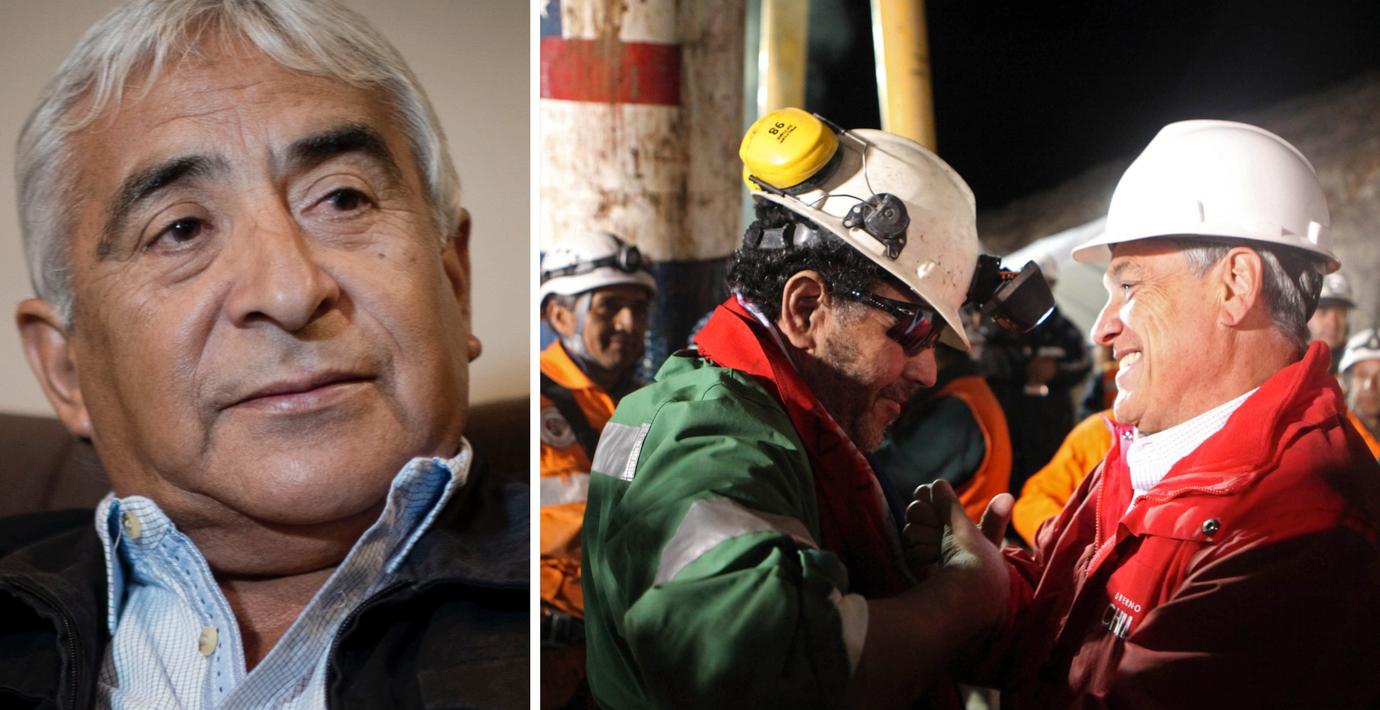bakgrund
Gruvolyckan i Copiapó 2010
Wikipedia (en)
The 2010 Copiapó mining accident, also known then as the "Chilean mining accident", began in the afternoon of Thursday, 5 August 2010 as a significant cave-in at the troubled 121-year-old San José copper–gold mine. The mine is located in the Atacama Desert about 45 kilometers (28 mi) north of the regional capital of Copiapó, in northern Chile. The buried men, who became known as "Los 33" ("The 33"), were trapped 700 meters (2,300 ft) underground and about 5 kilometers (3 mi) from the mine's entrance via spiraling underground service ramps. The mixed crew of experienced miners and technical support personnel, with less experience working underground, survived for a record 69 days deep underground before their rescue. Previous geological instability at the old mine and a long record of safety violations for the mine's owners had resulted in a series of fines and accidents, including eight deaths, during the dozen years leading up to this accident. As a result of the mine's notorious history, it was originally thought that the workers had probably not survived the collapse or would starve to death before they were found, if ever.
The country of Chile had just endured the 2010 Chile earthquake and its associated tsunami less than six months before the accident. The Chilean people's strong empathy for the workers and their grief-stricken families and the nation's tremendous outpouring of public concern led the national government to take over the faltering search and rescue operation from the mine's financially strapped owners, privately held San Esteban Mining Company. With the significant resources that the state-owned mining company, Codelco, was able to marshal, eight exploratory boreholes were hastily drilled. Seventeen days after the accident, on 22 August, a note written in bold red letters appeared taped to a drill bit when it was pulled to the surface after penetrating an area believed to be accessible to the trapped workers. It read simply "Estamos bien en el refugio, los 33" (English: "We are well in the shelter, the 33 of us"). Chileans demanded that Chile's leaders find a way to bring the trapped workers safely home to their waiting families.
Once the rescuers, and the world, knew that the men were alive, Chile implemented a comprehensive plan to both care for the workers during their entrapment and to rescue the miners from the depths. The plan included the deployment of three large, international drilling rig teams, nearly every Chilean government ministry, the expertise of the NASA space agency and more than a dozen multi-national corporations from nearly every continent. After 69 days trapped deep underground, all 33 men were brought safely to the surface on 13 October 2010 by a winching operation that lasted nearly 24 hours. After winching the last trapped miner to the surface, the mine rescue paramedics, the best available drawn from multiple national agencies and military services, all still underground, held up a sign for the TV cameras reading "Misión cumplida Chile" (English: ""Mission accomplished Chile"), which was seen by a TV and internet audience estimated at more than 1 billion viewers around the world watching the rescue live.
All 33 miners were rescued, almost all in good medical condition with no long-term physical effects anticipated. Two miners were found to be suffering from silicosis, one of whom also had pneumonia, while others had dental infections and corneal problems. Three of the men underwent immediate surgery under general anesthesia for their dental problems. Private donations covered one-third of the US$20 million cost of the rescue, with the rest coming from the mine owners and the government. Various lawsuits and investigations resulting from the accident were still pending as of March 2011. On 1 August 2013, after a three-year investigation, it ended with no charges filed.
